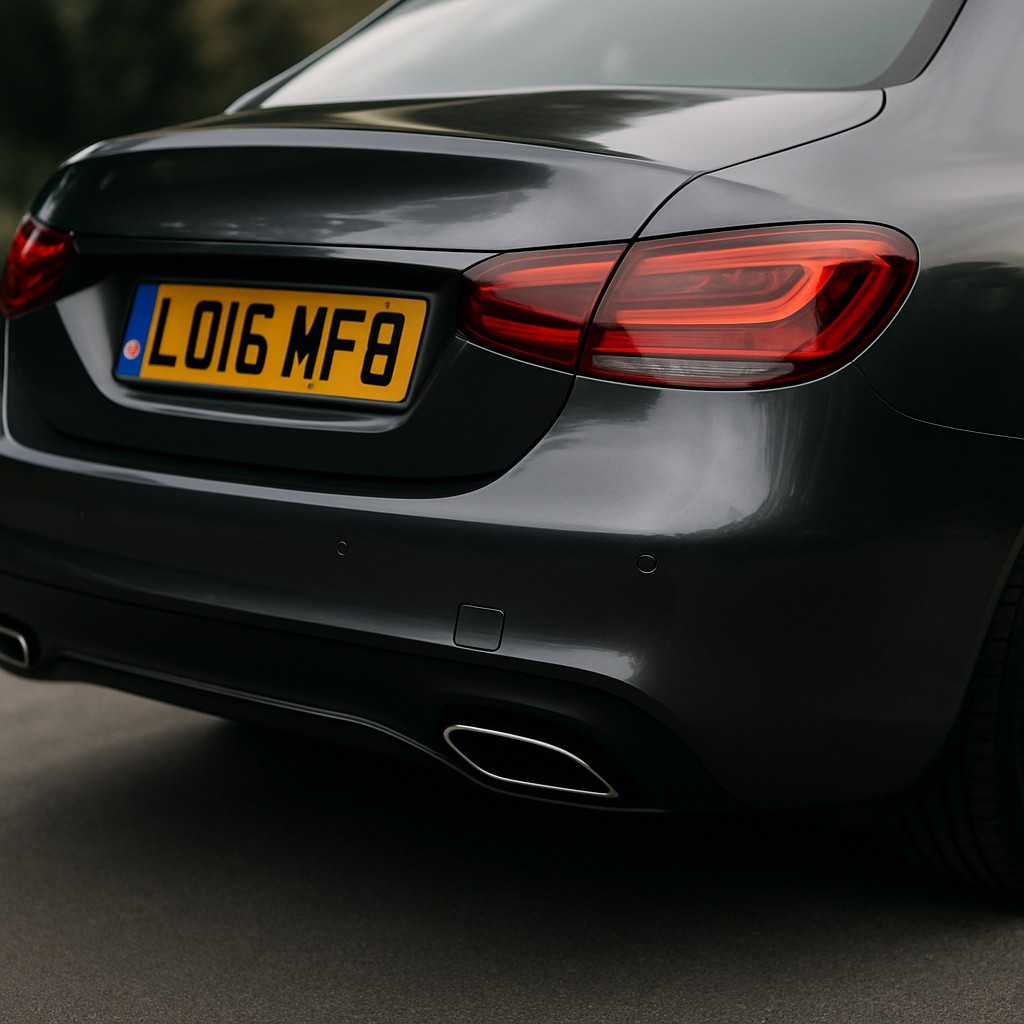
Luxury car ownership has become increasingly complex in recent years. What once was simply about buying the most expensive vehicle available has evolved into a nuanced pursuit of genuine distinction and personal expression. While most owners focus on obvious elements like premium leather, advanced technology, or exotic materials, many miss the one detail that can truly complete the luxury experience: personalization that extends beyond the factory options list.
The automotive industry has responded to this demand with endless customization programs, exclusive paint colors, and bespoke interior packages. Yet even with all these factory options, many luxury vehicles still feel somewhat generic when they leave the showroom floor. The missing element isn’t necessarily something that costs tens of thousands of pounds or requires months of special ordering. Sometimes the most impactful finishing touches are the ones that seem almost too simple to matter.
The Gap Between Expensive and Exclusive
Here’s the thing about modern luxury cars: they’re more accessible than ever before. What used to be genuinely rare and exclusive is now available through various financing programs, lease deals, and certified pre-owned markets. This accessibility is generally positive, but it creates a challenge for owners who want their vehicles to feel truly special rather than just expensive.
Factory customization options help address this issue, but they have limitations. Even the most exclusive paint colors or interior combinations are still shared among dozens or hundreds of other vehicles. The psychological impact of seeing an identical car in a car park or at traffic lights can diminish the sense of uniqueness that luxury ownership is supposed to provide.
This is where personalization beyond factory options becomes important. Elements such as Private Number Plates offer a level of individual expression that no factory package can match, transforming even common luxury models into genuinely unique expressions of their owners’ personalities and preferences.
The psychology behind this need for distinction runs deeper than simple vanity. Luxury car ownership often represents significant personal achievement, and having a vehicle that feels truly one-of-a-kind helps validate the investment both financially and emotionally. When every detail reflects deliberate choice rather than just expensive taste, the ownership experience becomes more personally meaningful.
Understanding Automotive Sophistication
True automotive sophistication isn’t about having the most expensive options or the flashiest modifications. It’s about creating a cohesive vision where every element contributes to an overall impression of thoughtful curation and personal style. This distinction separates genuinely sophisticated car owners from those who simply have expensive taste and deep pockets.
The most discerning luxury car owners understand that sophistication lies in the details that might not be immediately obvious to casual observers but create a complete picture for those who appreciate automotive excellence. This might involve subtle modifications that enhance the driving experience, carefully chosen accessories that complement the vehicle’s design language, or personalization elements that reflect the owner’s personality without overwhelming the car’s inherent character.
But get this, the best personalization choices often appear almost effortless, as if they were always meant to be part of the vehicle rather than aftermarket additions. This seamless integration requires understanding both the vehicle’s design philosophy and the owner’s personal style well enough to find elements that enhance rather than compete with each other.
Most people don’t see this coming, but the personalization choices that seem most natural and appropriate often require the most thought and planning. Creating the appearance of effortless sophistication actually demands considerable attention to detail and aesthetic judgment.
The Evolution of Luxury Car Culture
Luxury car culture has shifted significantly over the past decade, moving away from purely status-focused ownership toward more personal and experiential approaches to automotive excellence. Modern luxury car owners are more likely to prioritize elements that enhance their daily driving experience over features designed primarily to impress others.
This shift has influenced how people approach vehicle personalization. Instead of focusing solely on modifications that increase visual impact or perceived value, discerning owners now consider how personalization choices affect their emotional connection to their vehicles and their satisfaction with the ownership experience.
The rise of social media has both complicated and enriched this evolution. While there’s certainly pressure to create vehicles that photograph well and generate social media engagement, there’s also greater appreciation for subtle, thoughtful modifications that might not be immediately obvious in photos but significantly enhance the owner’s daily experience.
This cultural shift has created more space for personalization choices that prioritize meaning over pure visual impact. Elements that commemorate important dates, reflect personal interests, or celebrate achievements often provide more lasting satisfaction than modifications chosen primarily for their ability to impress others.
The Problem with Over-Modification
One of the biggest mistakes luxury car owners make is over-modifying their vehicles in pursuit of uniqueness. This is where it gets expensive and often counterproductive. When personalization becomes excessive or inappropriate for the vehicle’s character, it can actually diminish rather than enhance the luxury experience.
The temptation to add multiple custom elements simultaneously can result in vehicles that feel chaotic rather than sophisticated. Each modification might be high-quality individually, but together they create visual noise that detracts from the car’s fundamental design integrity and the owner’s intended message.
Successful luxury car personalization requires restraint and careful consideration of how each element contributes to the overall vision. The goal should be enhancement rather than transformation, working with the vehicle’s existing strengths rather than trying to completely reimagine its character.
The most satisfied luxury car owners often find that fewer, more thoughtful personalization choices provide better results than extensive modification programs. Quality and appropriateness matter more than quantity when it comes to creating truly sophisticated automotive experiences.
Timing and Integration Considerations
The best personalization decisions are often made gradually rather than all at once. This allows owners to live with their vehicles long enough to understand how they actually use them and what modifications would provide the most meaningful improvements to their daily experience.
Rush personalization decisions made immediately after purchase often fail to account for how ownership patterns and preferences evolve over time. What seems important during the excitement of new car ownership might prove irrelevant after several months of daily driving, while needs that weren’t initially obvious might become priorities as the relationship with the vehicle develops.
Integration timing also matters from a practical perspective. Some personalization elements work best when implemented early in the ownership cycle, while others are more effective when added after the owner has established a clear vision for their vehicle’s identity and purpose.
The Long-Term Perspective
The most successful luxury car personalization choices are those that continue providing satisfaction throughout the ownership period rather than just initial excitement. This requires considering how modifications will age both physically and aesthetically, and whether they’ll remain meaningful as personal circumstances and preferences evolve.
Personalization elements that reflect enduring personal values or commemorate lasting achievements tend to provide more sustained satisfaction than those based on temporary interests or current trends. The goal is creating vehicles that feel increasingly personal and meaningful over time rather than modifications that might feel dated or inappropriate after a few years.
When personalization choices are made thoughtfully and integrated carefully, they transform luxury vehicles from impressive possessions into genuine extensions of their owners’ personalities and values. The result is automotive ownership that provides lasting satisfaction and genuine pride rather than just temporary status gratification.
